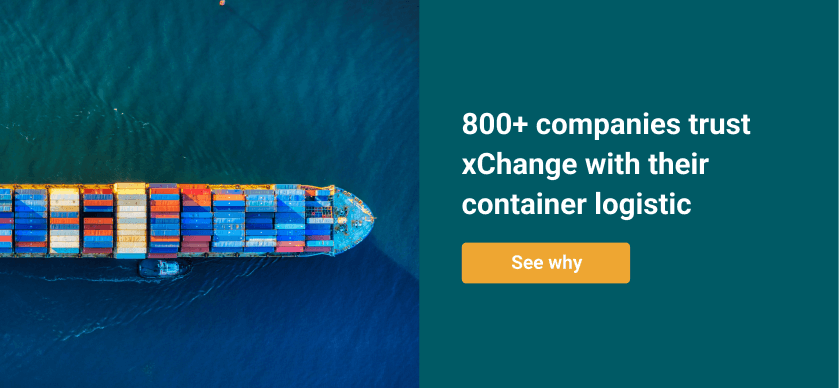Container weight verification is a crucial security issue in the shipping industry. That’s why it’s important to keep up with any changes in the laws. This article will give you all the details you should know about the global requirements of Verified Gross Mass (VGM).
In this blog, you’ll learn:
-
- Verified gross mass is a new amendment to the SOLAS treaty.
- Verified gross mass is the total tare weight of a packed container including the container weight and the weight of the cargo inside it.
- The VGM of a container can be calculated in two ways.
- Bringing in VGM has had a ripple effect in the industry, both positive and otherwise.
- xChange can provide you documentation support and help you avoid delays and fines. To find out how click on the button below.
Container handling at ports and during transportation is a risky business. A lot of careful measurements and calibration go into maintaining the safety of the personnel working with the boxes. Even a single error can lead to major accidents while moving the containers ashore or on vessels at sea. That’s why the shipping industry has strict safety laws.
For that, you’ve got SOLAS.
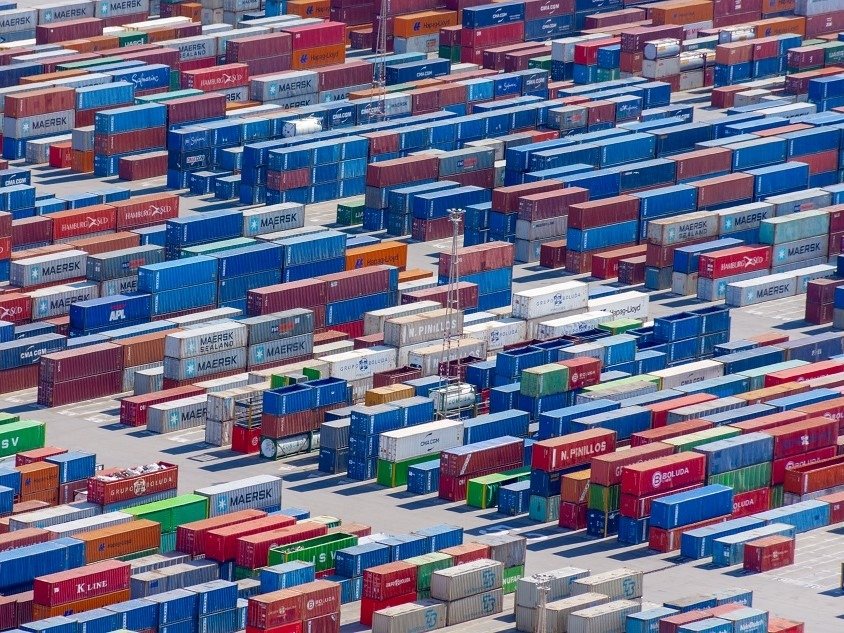
SOLAS stands for the International Convention for Safety of Life at Sea (SOLAS). It’s a maritime treaty that lays down the laws that you must follow to meet the minimum safety standards. These laws cover construction, equipment, and operations in shipping.
Now you must be wondering what’s Verified Gross Mass (VGM)? And what does SOLAS have to do with it?
A lot. Let’s start by exploring the term VGM and why it’s so important in shipping.
Verified gross mass (VGM) in shipping
The International Maritime Organization (IMO) is the regulatory authority on shipping under the United Nations that maintains the up-to-date list of amendments to SOLAS. In November 2014, SOLAS modified a segment from the convention and introduced the concept of Verified Gross Mass (VGM). This amendment covered container weight parameters.
According to it, you’ll have to declare the Verified Gross Mass (VGM) to the shipmaster or port representatives. Without which, your container will not board the ship.
Changes in shipping declarations add to the shipping documentation. And that can be difficult, time-consuming, and well, money-draining. But, there’s the digitalization of shipping happening all around. How much can that help?
With xChange, you get full documentation support, making your shipping experience hassle-free. How? Click on the banner below to find out!
What is Verified Gross Mass (VGM)?
Simply stated, the Verified Gross Mass (VGM) is the total weight of the shipping container. It includes:
- Container tare weight
- Weight of its contents
- The total packaging weight
- And, the weight of the additional loading equipment
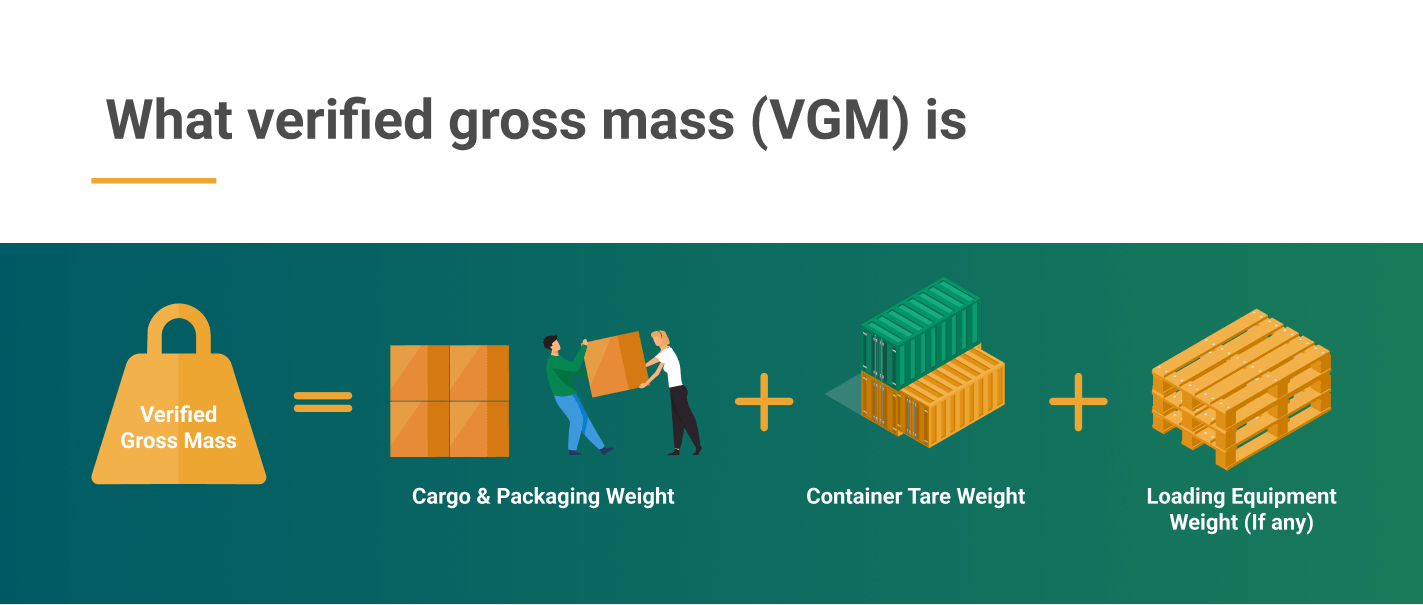
One thing that’s important for you to note is that VGM does NOT mean the estimated weight declared in the booking. Nor does VGM mean the cargo weight declared on the Bill of Lading.
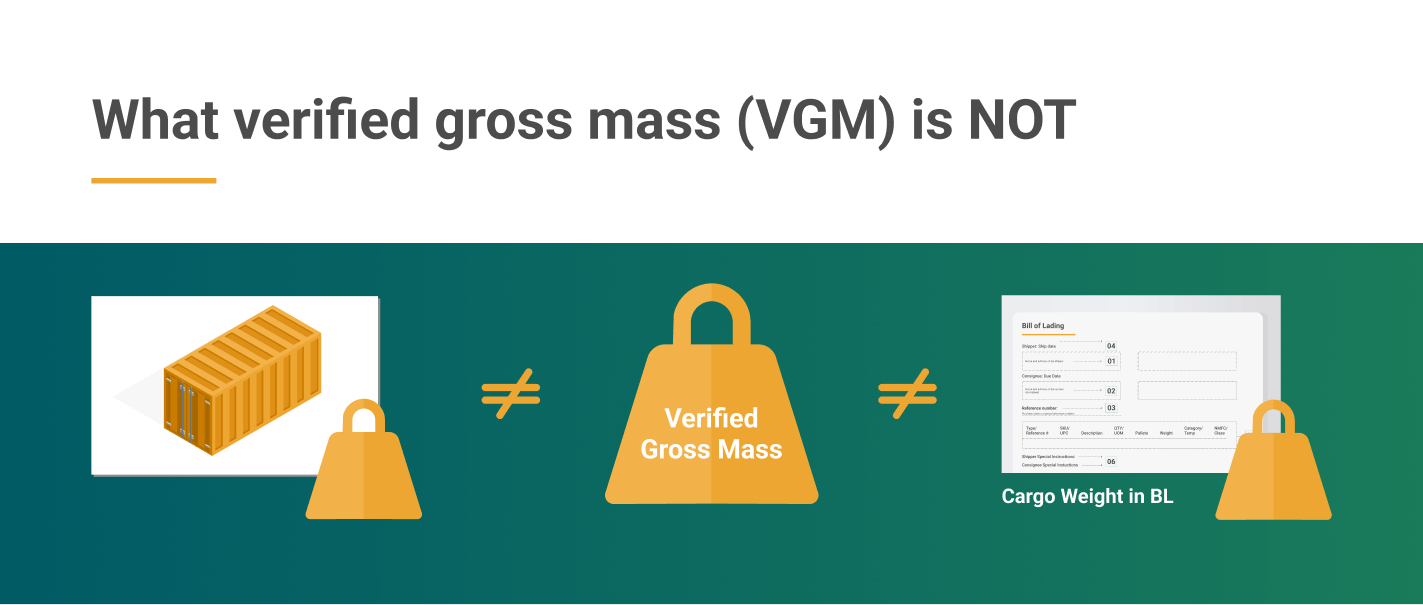
SOLAS amendments and associated guidelines for VGM
Here are the SOLAS amendments and associated guidelines for VGM that you should be aware of:
- The verified gross mass is a mandatory declaration required for loading a packed container onto a ship.
- It’s your responsibility to provide the VGM by stating it in the shipping document. Then, submit the document to the shipmaster or their representative and to the terminal representative.
- You must make the VGM declaration well in advance to allow the preparation of the ship stowage plan.
- The shipmaster is the final authority in deciding whether to accept a packed container for loading onto his ship or not.
Role of a shipmaster & the VGM document
The shipmaster or captain plays a vital role in maintaining the VGM compliance of their ship’s cargo. It makes sense as it’s their job to avoid any stability-related issues which may lead to capsizing or sinking of the ship.
Here are the important duties of the shipmaster when it comes to the Verified Gross Mass of the cargo:
- The shipmaster and the shipping company manager ensure that the VGM of the packaged cargo is shared in the shipping documentsWhat are shipping documents? In shipping, shipping documents are documents that provide information about the goods being shipped. They may include information such as the origin and destination of th... More are signed. The signing authority is the shipper, or someone authorized by the shipper.
- The shipmaster also ensures that only the cargo with legitimate VGM documentation is on board the ship.
- The shipmaster ensures that the loading plan software onboard the ship considers the VGM of the cargo.
- There are scenarios when the VGM of a container is not declared. In such cases, the ultimate decision is with the shipmaster. He decides whether to load such containers after measuring the VGM or not load them at all.
- The shipmaster also maintains the VGM records have to be maintained till the end of the voyage but for a minimum period of 3 months.
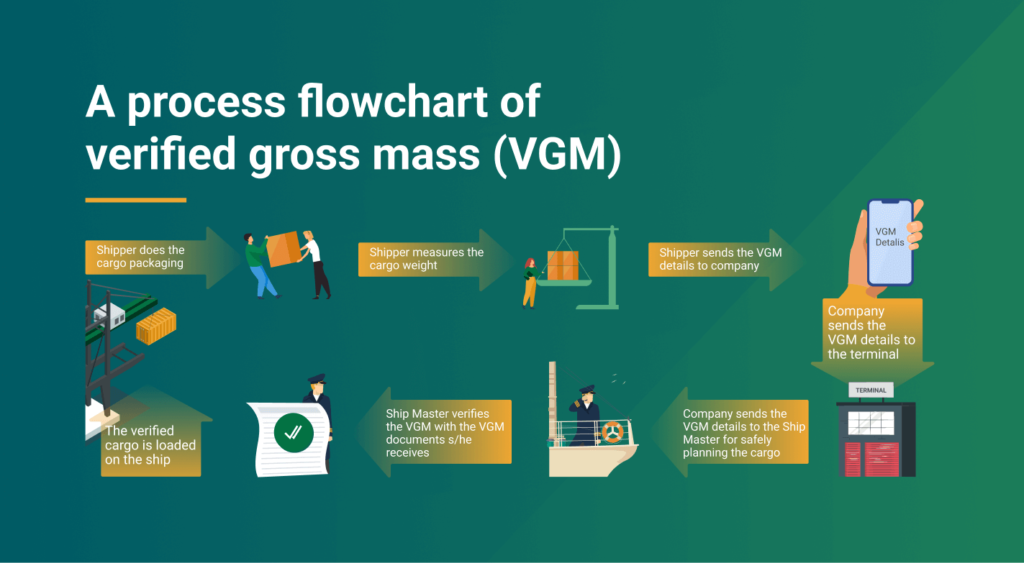
Methods of calculating verified gross mass (VGM)
There are two ways of calculating Verified Gross Mass (VGM). For both, the weighing equipment in use must meet the applicable accuracy standards and requirements of the state. And, estimating the weight, in either method, is not permitted.
Here are the methods:
Weighing the packed container to calculate verified gross mass
One way of calculating VGM is by simply weighing the packed container. Once the container is completely packed and sealed, you can weigh it using your equipment. Or you can even arrange for a third party to weigh it.
Measuring the weight of each cargo to calculate verified gross mass
Another method of calculating VGM is by measuring the weight of each element separately. The shipper, or any third-party, weighs all the cargo items, including any packaging material, which are to be loaded in the container. Then, add their weight to the tare mass of the container.
Impacts of verified gross mass (VGM) in shipping
Shipping containers are a key link in the world trade scenario. And even a small change in laws related to them has ripple effects throughout the industry. While the implementation of VGM has been successful so far, it has increased the transport cost for importers.
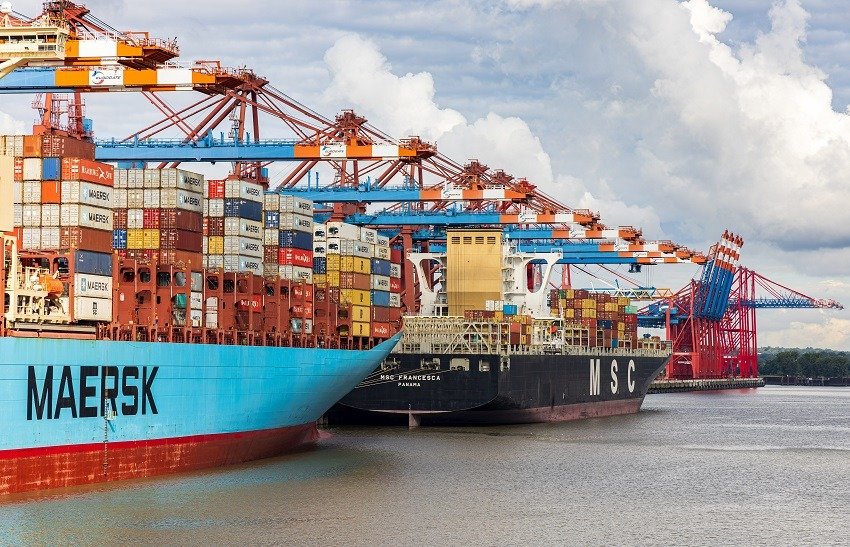
It has also increased the workload for terminal employees. But VGM has brought the issue of container weight under the limelight. Container weight misdeclarations can compromise the safety of the ships and the cargo. The introduction of VGM has reduced that.
You’ll read about them in detail in the next section.
Importance of SOLAS VGM in maritime industry
Putting in place the SOLAS VGM was a critical decision to ensure the safety of containers and ships. It helps in enhancing its security and making it more efficient. But incorrect decisions due to misinformation about the container weight can lead to dangers, such as:
- Mishaps causing damage to goods,
- Delays incurring additional costs, like extra cargo liability claims, chassisWhat is a chassis? Chassis, in freight & logistics, refers to a skeleton framework with wheels on it used to move containers. It is also called intermodal chassis or container chassis. Similar to ... More damage, etc.
- Overloading of ships, thus increased accident risks or even ship overturning.
With VGM, the total weight of the containers would be declared and verified, so that:
- The containers can be stacked correctly, lowering the possibility of a collapse.
- The ships would be loaded according to their capacity, avoiding any overloading and damage risks.
- It would reduce the chances of human injury due to mishandling or accidents.
- It also rules out any possibilities of malpractices like smuggling.
Details of Verified Gross Mass
The following are the details that need to be mentioned in the bill/document:
- Booking / Bill of Lading (BL) No. (Mandatory)
- Container no. (Mandatory)
- Verified Gross Mass (VGM) (Mandatory)
- Unit of measurement (in kg or lb.) (Mandatory)
- Authorized person’s signatory (in capital letters) (Mandatory)
- Responsible party name (Optional)
- Date of declaration (Optional)
- Method of weighing (1 or 2) (Mandatory)
- Weighing party name (Optional)
- Any additional information/document required by the local government authorities
As you can see, VGM documentation is very tedious. If you miss anything you face hefty demurrage and detention fines and delays in transporting your cargo.
If you’re in shipping, you’re bound to be flooded with invoices, updates, forms, and whatnot. Doing them correctly and on time, can affect your shipping a lot. With xChange, you can leave your shipping documentation worries behind and save money on fines. Click on the banner below to see how.
Contingencies for containers received without VGM
As a shipper, then you’ve to calculate, document, and share the verified gross mass of a packed container. These details go to the shipmaster or his/her representatives, or terminal authorities. But section 13 of the VGM guidelines also offers contingencies for situations when verified gross mass isn’t declared.
According to these contingencies:
- The shipmaster (or his representative and the terminal representative) has to obtain the VGM of the packed container from the shipper.
- This may be done by weighing the packed container in the terminal or elsewhere.
- But, how to measure the VGM and who pays the measurement costs should be agreed upon between the commercial parties.
If a packed container does not come with declared VGM documentation, it cannot be allowed on a ship. And that can lead to a cascade of delays and piling fees for you. With xChange, you can avoid that and get the added support of our team to guide you.
Never miss the verified gross mass (VGM) documentation with xChange
There were always safety regulations in shipping. And, they required you to declare the gross weight of the container. But VGM has increased the levels of security. It has also added extra safety to the complete process.
To have smooth container clearance and transportation, you must be vigilant about a lot of documentation. There’s no doubt that shipping can be overwhelming. What you need is a neutral online marketplace for shipping.
Using xChange, the neutral marketplace for all things shipping and logistics, you can ensure accurate and timely documentation. It’ll not only ensure trouble-free shipping but, you won’t be spending time in tackling invoices and updates as well.
Verified gross mass (VGM): FAQs
What is Verified Gross Mass in shipping?
Verified Gross Mass is the total weight of the shipping container including its tare weight, the cargo weight, and the weight of the packaging and attachments.
How is VGM calculated?
VGM is calculated in two ways. It's measured using equipment that strictly follows the applicable accuracy standards and requirements of the state.
Who will pay for the weighing process?
Who will pay for the weighing process can be discussed and determined by the users and suppliers.
What all is included in the ‘Gross Mass’ of the container?
The gross mass of a container includes: 1. tare container mass, 2. mass of the product without any packaging, 3. mass of primary packaging (if any), and 4. mass of all other packaging, pallets, dunnage, space fillers, and securing material.
Who is responsible for reporting VGM?
The ‘shipper’ is responsible for weighing packed containers and declaring its VGM in the bill of lading (or any equivalent shipping document) and needs to submit it to the terminal operator (‘representative’).





